|
|
ADDRESS TO THE RESEARCH SCHOLARS AND SCIENTISTS OF THE INSTITUTE OF ADVANCED STUDY IN SCIENCE AND TECHNOLOGY, GUWAHATI.
31-12-2004 : Guwahati
Power of Innovation
I am delighted to address and interact with Research Scholars and scientists of the Institute of Advanced Study in Science and Technology. I greet the organizers, members of the Institute, academia, scientists, technologists and distinguished guests. I thought of sharing with you my experience in Himachal Pradesh where I visited a few days back. From the point of view of bio-diversity these two states have many things in common, excepting that the altitude of Himachal varies from 450 meters to 4500 metres. Like Himachal, Assam is a beautiful land with beautiful people. Beautiful people have creative minds.
I would like to share my thoughts with this distinguished audience on science and society. First I would like to talk about Srinivasa Ramanujan who was one of the greatest geniuses known and acknowledged of his time.
A genius well ahead of time
Srinivasa Ramanujan lived only for 33 years and did not have formal higher education or means of living. Yet, his inexhaustible spirit and love for his subject made him contribute to the treasure houses of mathematical research ? some of which are still under serious study and engaging all-available world mathematicians? efforts to establish formal proofs. Ramanujan was a unique Indian genius who could melt the heart of the most hardened and outstanding Cambridge mathematician Prof G H Hardy. In fact, it is not an exaggeration to say that it was Prof. Hardy who discovered Ramanujan for the world. Professor Hardy rated various geniuses on a scale of 100. While most of the mathematicians got a rating of around 30 with rare exceptions reaching to 60, Ramanujan got a rating of 100. There cannot be any better tribute to either Ramanujan or to Indian heritage. His works cover vast areas including Prime Numbers, Hyper geometric Series, Modular Functions, Elliptic Functions, Mock Theta Functions, even magic squares, apart from serious side works on geometry of ellipses, squaring the circle etc. One of the tributes to Ramanujan says that, ?every Integer is a personal friend of Ramanujan?. I would suggest the Institute of Advanced Study in S&T to create many Ramanujans in the field of mathematical sciences. For this, we also need persons with the mind like Prof Hardy to spot geniuses and nurture them in all walks of their lives.
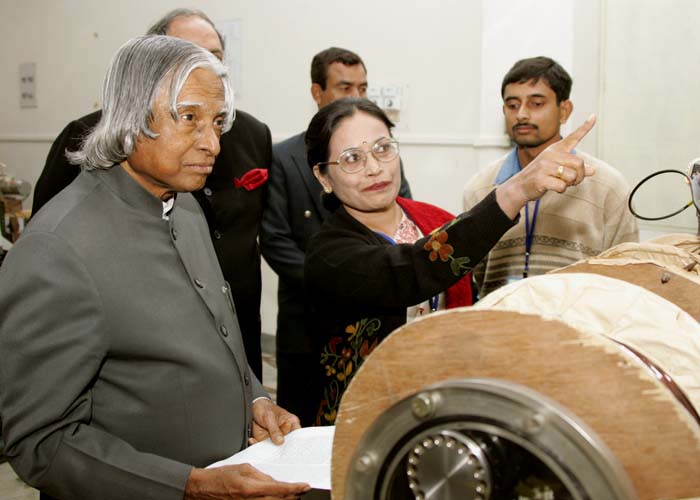

Recent development in biotechnology
I note that one of the key areas in which this institute is working is Life Sciences. India missed the great opportunity in partnering the human genome project and thereby lost the utility of tremendous data. I suggest the Indian biomedical community to take the initiative to become a working partner in the proteomics project of gene characterization. Proteomics is the study of all the proteins expressed by the genome of a cell. It is the logical extension of genomics. Proteomics helps to understand basic biological processes critical to normal cellular functions as well as to the development of diseases. It identifies the essential components of these processes and exploits these components as targets in the development of new methods to prevent or treat diseases. The national programme on proteomics has to be accelerated with partnership from industries and R & D laboratories. I would suggest that this should be pursued as a mission mode project. This will lead to our being invited to participate in the global proteomics programme. Particularly, the proteomics resulting into a gene chip can become the future diagnosis and treatment regime for many diseases.

Bioinformatics
The convergence of bioscience and IT into Bioinformatics has given the thrust to researchers for genomics-based drug discovery and development. Pressure is mounting over the pharmaceutical companies to reduce or at least control costs, and have a growing need for new informatics tools to help manage the influx of data from genomics, and turn that data into tomorrow's drugs.
Bioinformatics data plays a vital role and emerging as a business model for the medical and pharmaceutical sector. Key areas such as gene prediction, data mining, protein structure modeling and prediction, protein folding and stability, macromolecular assembly and modeling of complex biological systems are thriving and IT has major role to play in these areas in bringing the tools to manage the high throughput experiments and the data they generate, and sharing and integrating all the data in a meaningful way which results into the detailed models of complex systems, particularly biological pathways.
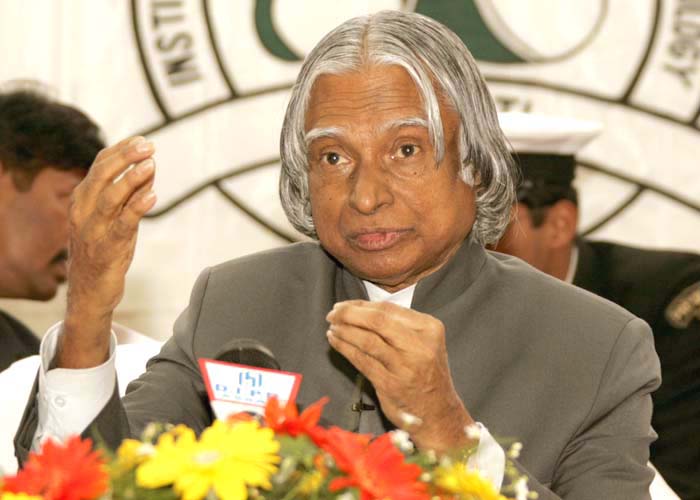

Convergence of Technologies
The technologies are converging together to provide a quality of service (QOS) with the reduced infrastructural setup. The information technology and communication technology have already converged leading to Information and Communication Technology (ICT). Now, nano-technology is knocking at our doors. It is the field of the future that will replace micro electronics and many fields with tremendous application potential in the areas of medicine, electronics and material science. When nano technology and ICT meet, an integrated silicon electronics, photonics is born and it can be said that material convergence may happen. With material convergence and biotechnology linked, a new science called Intelligent Bioscience will be born which leads to a disease free, happy and more intelligent human habitat with longevity and enhanced capabilities.

Simulation of mega projects
Another area of national importance where the environmentalists can help is in the Inter-linking of river project. As you are aware, a Task Team has been constituted for evolving the plan of action including the ecological enhancement plan for executing the project. This mission will eliminate the periodical problem of drought and flood experienced in a number of river basins. This is an important mission from both water and power security. The task team is in the process of preparing the total plan for the nation. Environmentalists can provide useful inputs on problems of and solution about ecological aspects of the interlinking of river projects. Also they can validate the ecological enhancement plan through the study of existing terrain through the analysis of satellite pictures. This will be a very useful input for implementing this mega mission. Statistical model for the Interlinking of rivers connecting the rainfall and snow measurements and the ground porosity for the water run off model is a great challenge for the mathematicians and environmentalists.
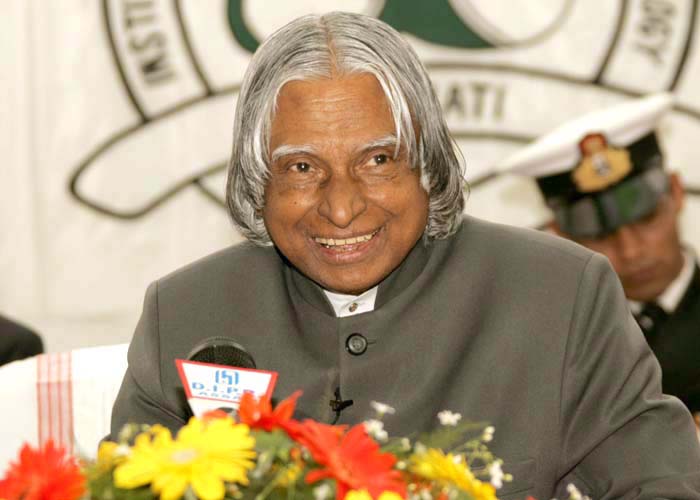

Nano-bio chip
Recently I met Prof. Vijay K Varadan of Pennsylvania State University, US. He shared his experience on the possible line of treatment for Parkinson?s disease and Epilepsy. The primary symptoms in Parkinson?s Disease, as you all are aware, are tremor or trembling in hands, arms, legs, jaw and face, rigidity or stiffness of the limbs, slowness of movement and impaired balance. Prof Varadan has devised a wireless system for monitoring and control of Parkinson disease. The system consists of an implantable nano-bio chip in the head region for generating a pulse to the nerve system; controlled either by a modified pacemaker or smart hat. Passive polymer based gyro sensor, is implanted in the tremor location. The sensor gets power from the Pacemaker and the Pacemaker then reads the tremor motion. The Pacemaker then generates pulse in the implanted device in the head to control the tremor. This appears to be a promising line of treatment for such diseases. Prof. Varadan also has reported that a few patients affected by Parkinson diseases had a full recovery. This is the promising area of research in which some of the researchers of this Centre can concentrate.

Molecule to drug
In India many R&D organizations and pharma industries discover the molecules, but most of these newly discovered pharmaceutical molecules are sold to multinationals abroad for further development to drug. Naturally, the benefit of value addition goes to the companies abroad. The research and drug design, development and acceptance for introduction is a big mission. Molecule to drug is indeed the business of strong minds with the capacity to take calculated risks. In this connection, I recall the principle taught by my Guru Prof Satish Dhawan, ?If one takes challenging tasks, problems will always occur. But problems should not become masters of the doers. Instead the problem has to be defeated and we should succeed. I would suggest the participation of Life Sciences community to work on the conversion of Molecule to Drug on a mission mode in partnership with pharmaceutical industries. I have recently visited a number of world class R&D facilities by Indian pharmaceutical industries. I observed some of them are busy making molecule into a drug. Academics should familiarize with them and work on problems of interest to them.
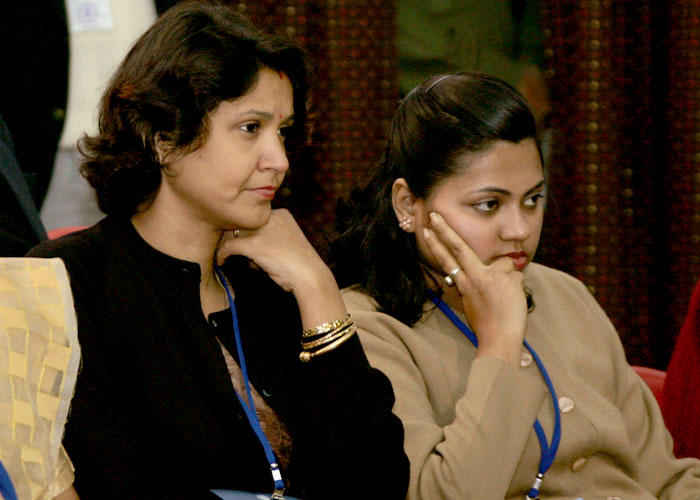

Evolution of research philosophy
As you all know that Johns Hopkins University in USA is doing a pioneering research work in many fields. I met Dr. Charles Cummings of the Johns Hopkins Board and his team, few days ago. I asked one question that was in my mind, to Dr Charles, What made Johns Hopkins a world class research centre in addition to its cherishing societal missions. His answer was, ?it is a great tradition, it started with a number of visionaries with value system and missions. This tradition continues.
Since I am in the midst of researchers in many areas, I would like to share my thoughts on the mission of transforming India into a developed nation.

Our National Mission ? Challenges
Our nation is going through a major challenge of uplifting of 260 million people who are below the poverty line. They need habitat, they need food, they need health care, and they need education and employment finally resulting in a good life. Our GDP is growing at more than 6% per annum. Whereas, the economists suggest that to uplift the people below poverty line, our economy has to grow at the rate of 10% per annum consistently, for over a decade.
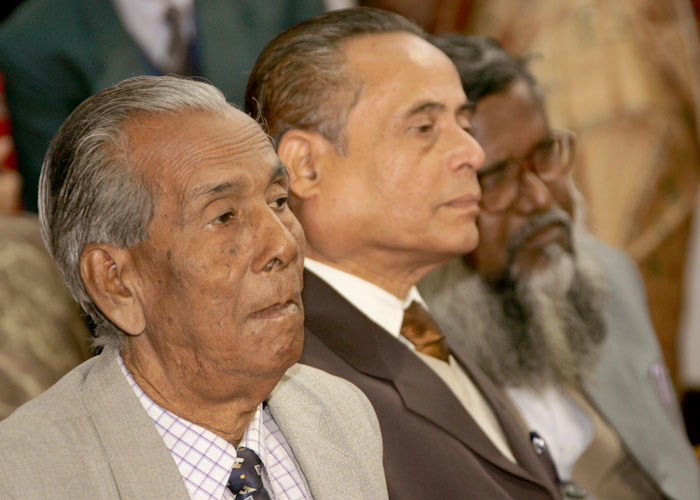

Integrated Action for Development
To meet the needs of one billion people whose number will further increase, we have a mission of transforming India into a developed nation. We have identified five areas where India has core competencies for integrated action: (1) Agriculture and food processing (2) Reliable and Quality Electric power, Surface transport and Infrastructure for all parts of the country. (3) Education and Healthcare (4) Information and Communication Technology (5) Strategic sectors. These five areas are closely inter-related and when effectively addressed, would lead to food, economic, energy and national security.

Engines for Growth
Emphasis should be on full utilization of natural and human resources of the region to meet the demands of the modern society. We should also remember that about 50% of our population is young people, with aspirations for a better life. Value addition to Agriculture, Manufacturing and Service sectors of the economy, building on the regions? core competencies and technologies, will lead to high income growth rate and employment potential. The engines for growth will be launching of the five national missions viz. water, energy, education and skills, infrastructure and employment generation, which will enable achievement of 10% GDP growth rate per annum, sustainable for a minimum period of ten years. Scientists and technologists assembled here should provide the knowledge and value addition to the human resource for maximizing their output for meeting the challenges of societal transformation.

Conclusion: Enlightened Citizenship
When we think of national development, I am clear what is needed is the evolution of enlightened and visionary leaders amongst us in all walks of life whether it be politics, administration, religion, business, education or science which has a bearing on the evolution of our nation and the society. And, enlightened leadership is all about empowerment. When a child is empowered by the parents, he gets transformed into a responsible citizen. When a teacher is empowered with knowledge, a guru emerges. When women are empowered, a stable society gets established. When the political leaders of a nation empower the people through visionary policies, the prosperity of a nation is assured. When religions are empowered to become a spiritual force, peace and happiness blossoms in the society. It is thus, the need of the hour to develop enlightened leadership amongst various sections of our society who will have a vision and a commitment to peace, progress and development. When a leader of any institution empowers the people working with them, such leaders are created who can change the course of their institution, thereby the state and the nation. Empowerment by enlightened leaders will lead to the creation of enlightened citizens who have a strong value system. I believe if the majority of the people become enlightened citizens, they will spread the righteousness in right earnest. If they do, I am very confident that we will have a Developed Nation before 2020.
My best wishes to all the Research Scientists and scholars assembled here.
May God bless you.
<<Back
|
|